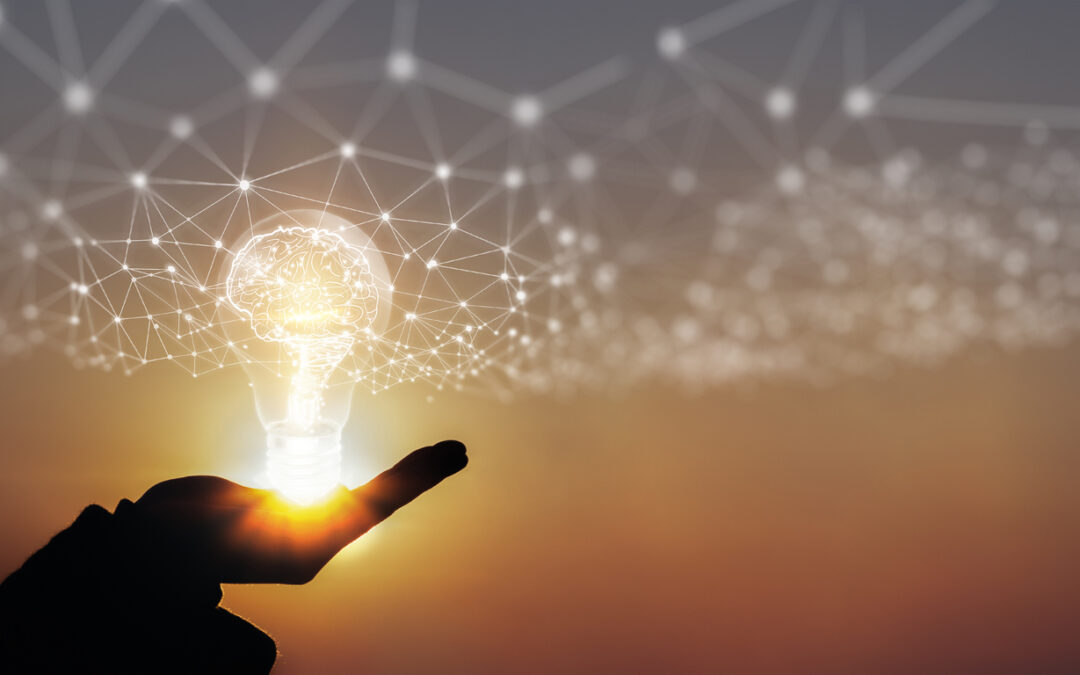When it comes to quality and innovative solutions, this 2023 edition of Pollutec certainly delivers At the end of August, every sector of the show is involved in innovations which bring real answers to the main challenges faced today, whether around resources (water, materials, energy), decarbonisation, water treatment, risk prevention, air quality or soil health. Alongside this, another theme is reaffirmed for this year – the application of artificial intelligence in every sector.
Against a backdrop of accelerating climate change, biodiversity erosion and the emergence of new pollutants, the question of water resources is fundamental. Innovative solutions are emerging in recycled water (e.g. mobile units), leak detection and rainwater recovery, showcasing ever-more sophisticated technologies.
Equally important, the issue of material resources is seeing concrete solutions for biowaste as the 2024 deadline approaches; for construction waste (e.g. recovery of bituminous sealing membranes, excavated earth, railway track ballast); but also in the recycling of lithium-ion or cellulose batteries and in the recovery of waste that until now has remained non-recyclable. The handling of plastics is also evolving with, for example, a solution able to perform this task in-situ.
Looking at energy, solutions continue to be refined whether for production, storage, recovery, or for reducing or substituting consumption habits. The same is true for CO2, with simpler processes for capture and sequestration, or a solution for recovery in glass, against a decarbonisation background that is more general and no longer targeted solely at the big industrial players.
Over the years, water treatment solutions have become ever more accurate, more compact and more economical in terms of product or reagents, with a number of examples bearing witness to that this year, particularly for water from industrial and dry cleaning processes (e.g. coupling UV-C solutions and H2O2 produced on-site). Alongside this, new compact and portable water quality monitoring instruments are emerging that offer continuous operation.
The risks sector is particularly well-provided for, with innovative solutions across every risk category: forest fires, health (micro-pollutants, pathogens, PFAs etc.), climate (urban heat islands, adaptation of cities using spatial data and AI, flood forecasting,) and technological (barriers to prevent mixing of incompatible chemical products, mobile systems for electric vehicle fire extinguishers, solutions for preventing machinery-related occupational risks).
Looking at air quality, new purification solutions are emerging both for ambient air and for on-site industrial emissions. Here again, technological linkages are appearing, one example being a waste filtration system which recovers both energy and pollutants at the same time.
The draft directive throws up another key issue this year: soil health, which is seeing new solutions with, notably, the production of topsoil for re-energising both ecosystems and the water cycle. Remediation is also benefiting from new solutions, among them a system of natural bioremediation and a depolluting fibre produced from hair and recycled plastic bottles.
AI increasingly part of eco-innovation
Waste, water, risks, cities and building, sea and coastline and more – there are so many sectors where solutions increasingly rely on artificial intelligence, in addition to energy where this is already very much the case. Within waste, this year will reveal a system to combat plastic film contamination of sorting lines, an intelligent solution for analysing flows, as well as a system to improve sorting quality at biowaste sources plus a sorting robot for construction waste. Within the water sector, AI applications range from a mobile recycling unit for producing recycled water, automated leak detection systems for drinking water or large-scale buried networks, and an optical measurement system able to detect the condition of centrifuge output during the thickening or dewatering phases. In the risks category, solutions are employing AI to prevent the risk of accidents or for predicting the risks of forest fires, and providing monitoring in real time. In the Cities and Buildings sector, local authorities can benefit from a solution for adapting to climate change using spatial data and AI. And in the Sea and Coastline category, an AI specialist is applying their expertise to hydrocarbon depollution. Essentially, the innovations found at Pollutec 2023 confirm that AI is firmly embedded in the energy sectors with, for example, a cold systems control solution, a digital tool to assist in operating and optimising methanisation sites, a PV self-consumption system with storage, and an intelligent charging system for energy communities and collective self-consumption.
Come and see all the sectors at Pollutec from 10 to 13 October 2023 at Eurexpo Lyon !




